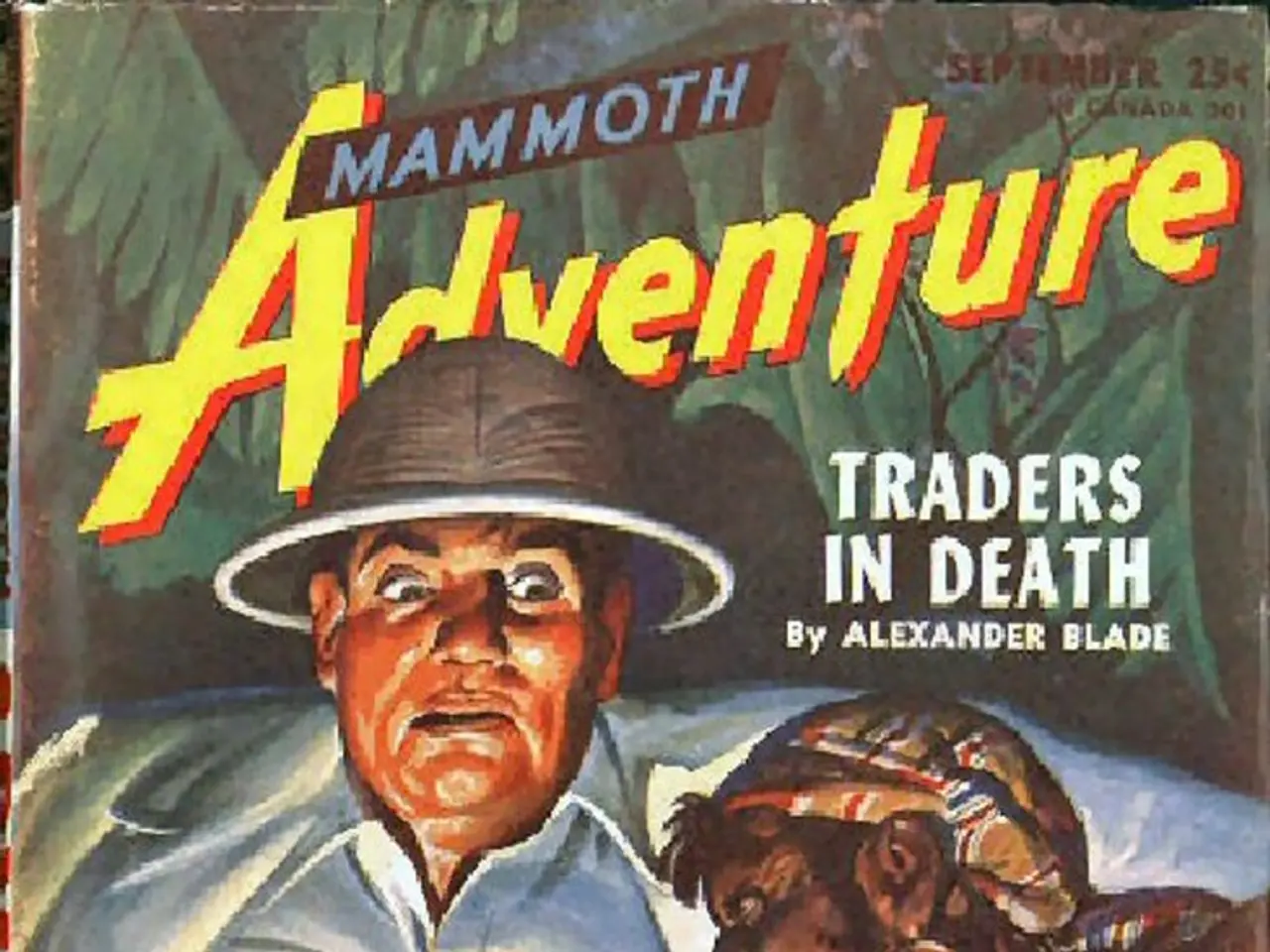Narrating Impactful Relationships: Visual Narratives on Cerebral Trauma Experiences
In the realm of visual storytelling, illustrators have found a unique and powerful way to shed light on the often unseen consequences of brain injuries resulting from car accidents. By employing a combination of storytelling techniques and visual metaphors, these artists transform complex neurological trauma into relatable, empathetic imagery.
At the heart of their approach lies the use of visual metaphors that represent cognitive dysfunction. Shattered glass, tangled lines, broken clocks, or fragmented puzzle pieces are just a few examples of the symbolic imagery used to depict memory loss, impaired thinking, or disorientation caused by brain injuries. These metaphors externalise internal brain states, making abstract symptoms visually accessible.
Emotive facial expressions and body language are another key component of this approach. By focusing on nuanced expressions of frustration, sadness, or confusion, illustrators humanise the survivors’ emotional landscape, fostering viewer empathy. This is crucial given the invisible nature of many brain injury symptoms.
Narrative storytelling through sequential art is another effective tool. Using comic-style panels or storyboard formats, artists recount the accident, the injury’s immediate impact, and the long-term psychological and cognitive aftermath. This temporal progression helps audiences understand recovery’s complex, often non-linear trajectory.
Contextual and environmental cues are also used to depict disruptions in everyday life, symbolising how injuries affect normal functioning and relationships. Background details, such as a messy room or a paused TV, strengthen emotional engagement.
Personal accounts and testimonies from brain injury survivors who have regained artistic expression are also incorporated into these visual narratives. This enhances authenticity and emotional depth in storytelling.
Colour and light are used to convey mood, with muted tones for confusion or depression, and harsh contrasts for pain or sensory overload, helping to communicate emotional states non-verbally.
While clinical data provide factual context about brain injuries, illustrators distil this scientific complexity into experiential representations that connect emotionally with audiences. These visual stories encourage viewers to “step into the shoes” of injured individuals, fostering understanding and empathy, crucial for combating stigma and highlighting rehabilitation challenges.
The goal of illustrative storytelling is not just awareness, but action, such as encouraging safer driving habits, empathy for survivors, or advocacy for better medical support. Sensitivity is key when representing injuries and trauma in illustrations, as overly graphic or exaggerated depictions may alienate viewers.
In conclusion, illustrators leverage symbolic imagery, empathetic character portrayal, narrative progression, and personal stories to effectively communicate the emotional impact of brain injuries from car accidents, making invisible cognitive and emotional suffering visible and comprehensible. For designers, creating art that pleases the eye and speaks to the heart is a challenge and an opportunity. Emotional connection with a visual can make an audience more likely to remember the message and carry it forward, making illustration a powerful tool for raising awareness and promoting empathy.
- To convey the mental struggle of survivors, illustrators use visual metaphors that align with sleeping disorders, like twisted dreams, restless slumber, or unsettling nightmares.
- In the realm of workplace wellness and health-and-wellness, illustrators employ visual representations of fitness-and-exercise routines, such as jogging paths, gym equipment, or yoga mats, to emphasize physical mobility and rehabilitation after brain injuries.
- Mental health implications are depicted through imagery of crowded minds, mazes, or labyrinths, symbolizing the complexity and confusion faced by survivors.
- Skin care, a component of overall wellness, is illustrated metaphorically through visible wounds, scars, or skin discoloration, mirroring the emotional healing process of brain injury survivors.
- To reflect various therapies and treatments, illustrators may use imagery of brain scans, surgeries, or modern medical devices alongside traditional healing methods, such as herbal remedies, meditation, or acupuncture.
- For the promotion of nutritional guidance, illustrators might use food-and-drink-related metaphors like healthy meals, farm-to-table produce, or balanced diets, to encourage brain injury recovery through proper nourishment.
- In the home-and-garden category, illustrators may symbolize aromatherapy or relaxation through images of lush gardens, tranquil landscapes, or essence-infused objects like candles or oils.
- For data and cloud computing, illustrators might depict the brain as a sophisticated network or interconnected circuits, emphasizing the potential for artificial intelligence to aid in diagnostics, cognitive therapy, and rehabilitation.
- In the realm of technology, illustrators may feature augmented reality devices, wearables, or virtual reality headsets that offer immersive, personalized therapies for survivors.
- To shed light on the spheres of travel, sports, fashion-and-beauty, and sports-betting, illustrators would incorporate symbolic imagery that represents societal impact and the various challenges faced by brain injury survivors, encouraging empathy and raising awareness in these spheres of life.




